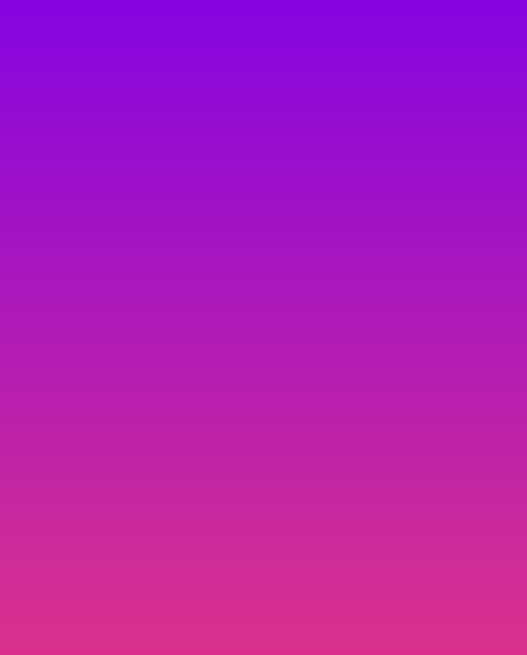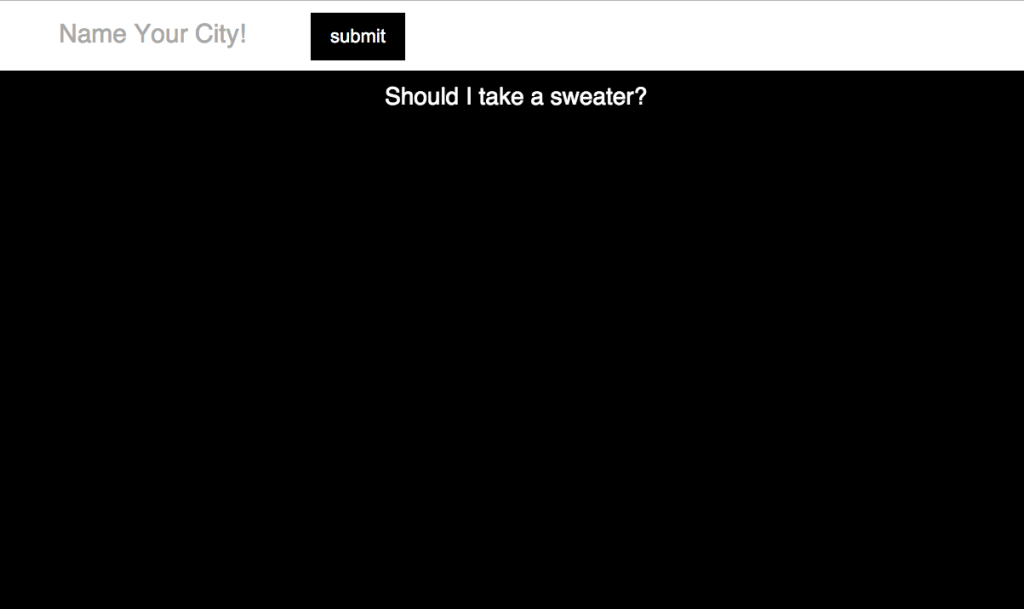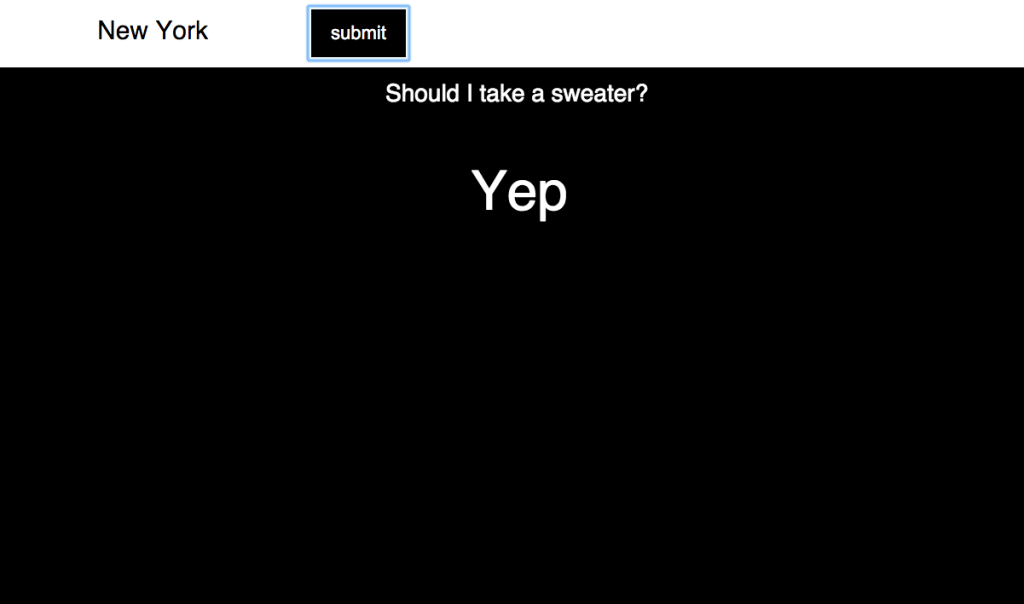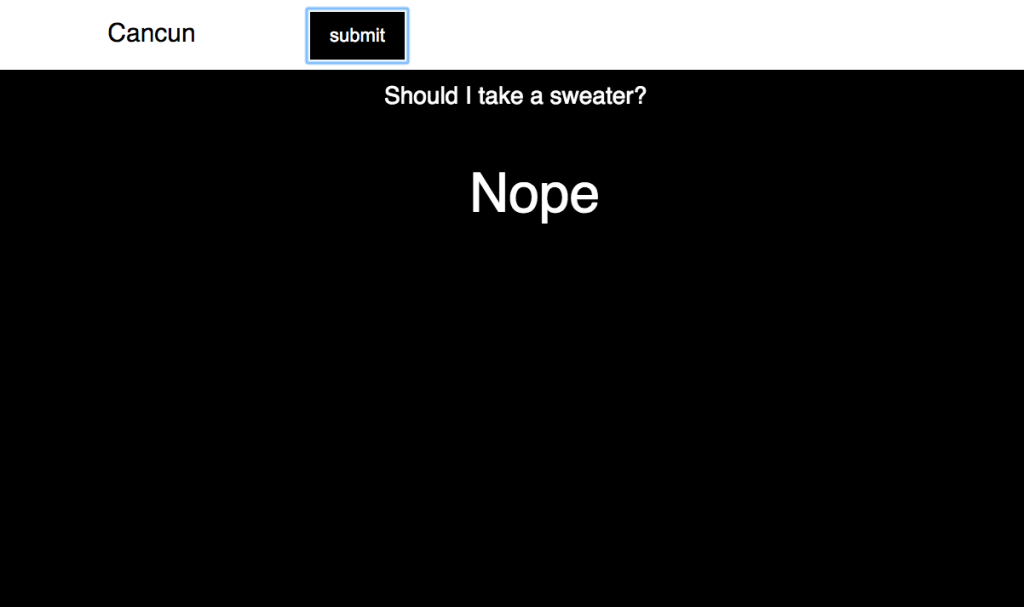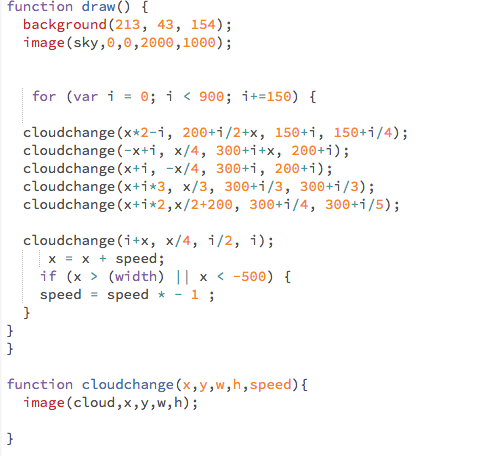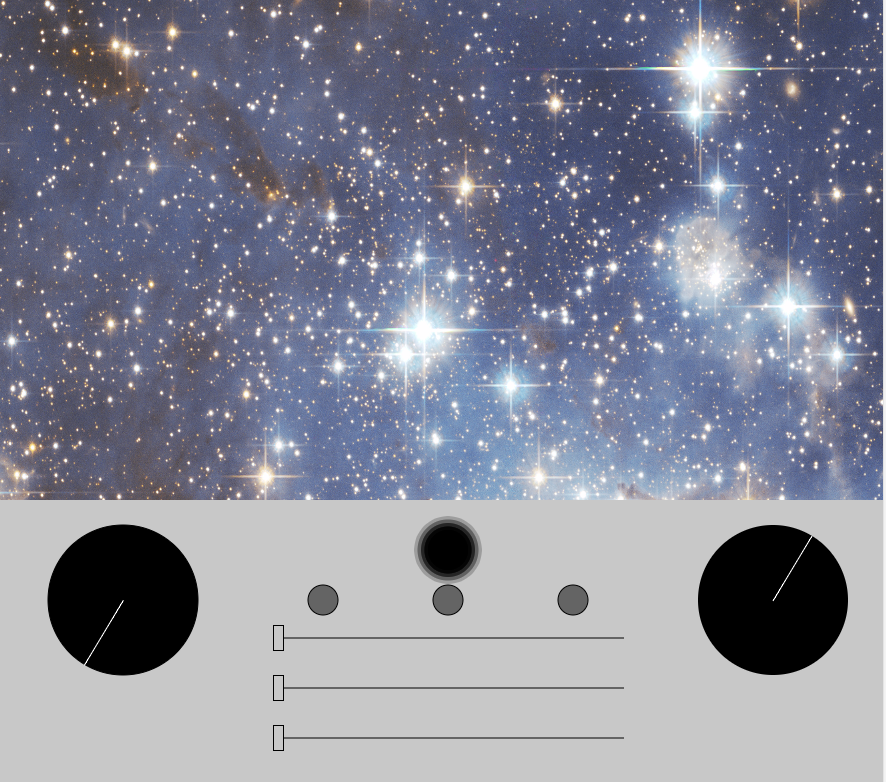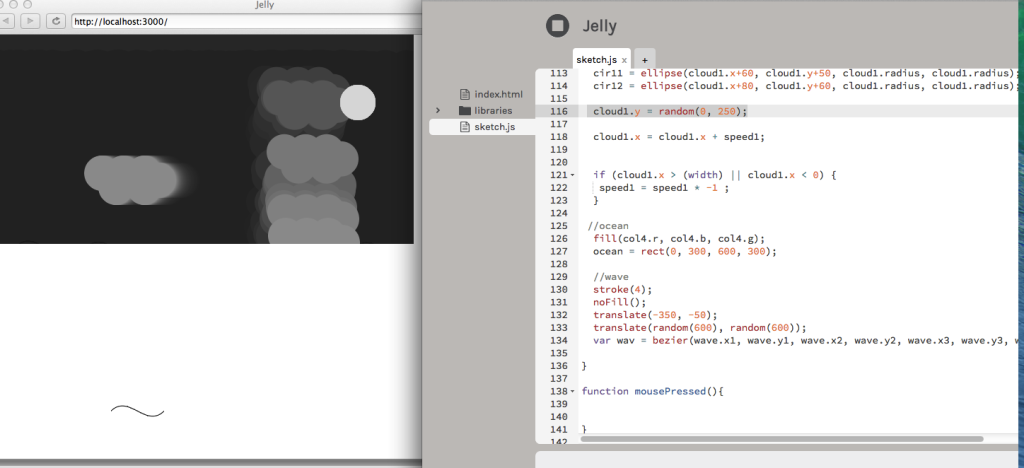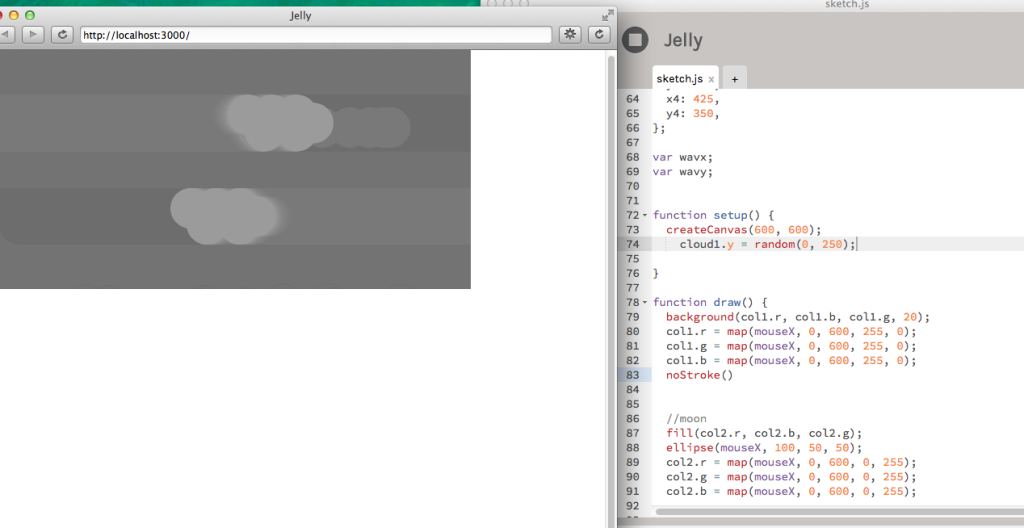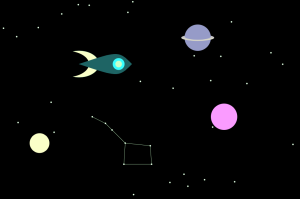This week was a two-parter. The first part was the Synthesis Event. During this, we partnered up to make a one button system. For our idea, we were going to make a pick-up line machine that was triggered by a proximity sensor. Unfortunately, we could not get our system to work. At the end, the farthest we got was the proximity sensor to give one pick-up line but we couldn’t get it to go through random ones. I think if we had a little more time, we would have been able to finish it. It was a great lesson.
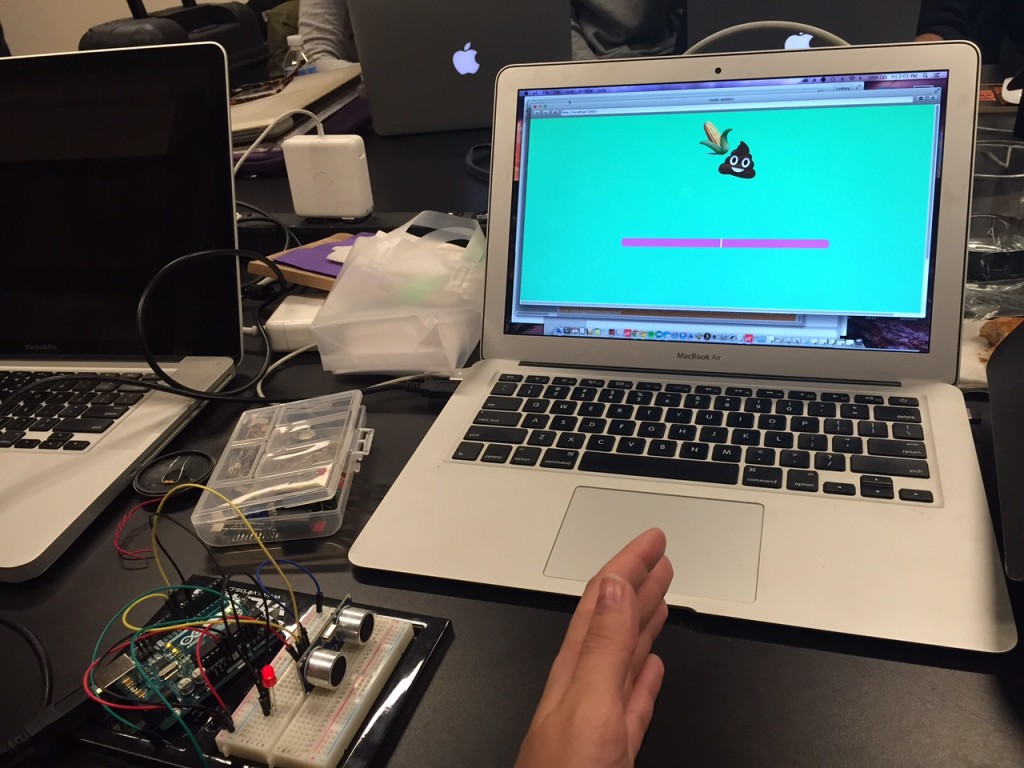
In the second part of this week, we learned about constructor functions. For this my intention was to create a galaxy. My first iteration looked more like a tornado. While, I think it looks beautiful, it wasn’t what I was going for.
Galaxy Tornado from Lindsey Frances on Vimeo.
My second attempt was a little closer once I decided to use the equation for a hyperbolic spiral but it was too structured and circular:
Circular Galaxy from Lindsey Frances on Vimeo.
After being shown that I can have the angle in the hyperbolic equation be my main variable and use that as the parameter in my for loop, I was able to mess around by adding a spiral function to finally get the galaxy that I wanted:
Galaxy from Lindsey Frances on Vimeo.
The step I couldn’t figure out was how to repeat it after a certain point. I did learn that if I square the angle for the x in the spiral function, I got an interesting vertical line pattern that moved as if it was coming toward the screen: 
Vertical Lines from Lindsey Frances on Vimeo.
Question: What is the best method to restart an object’s function?
